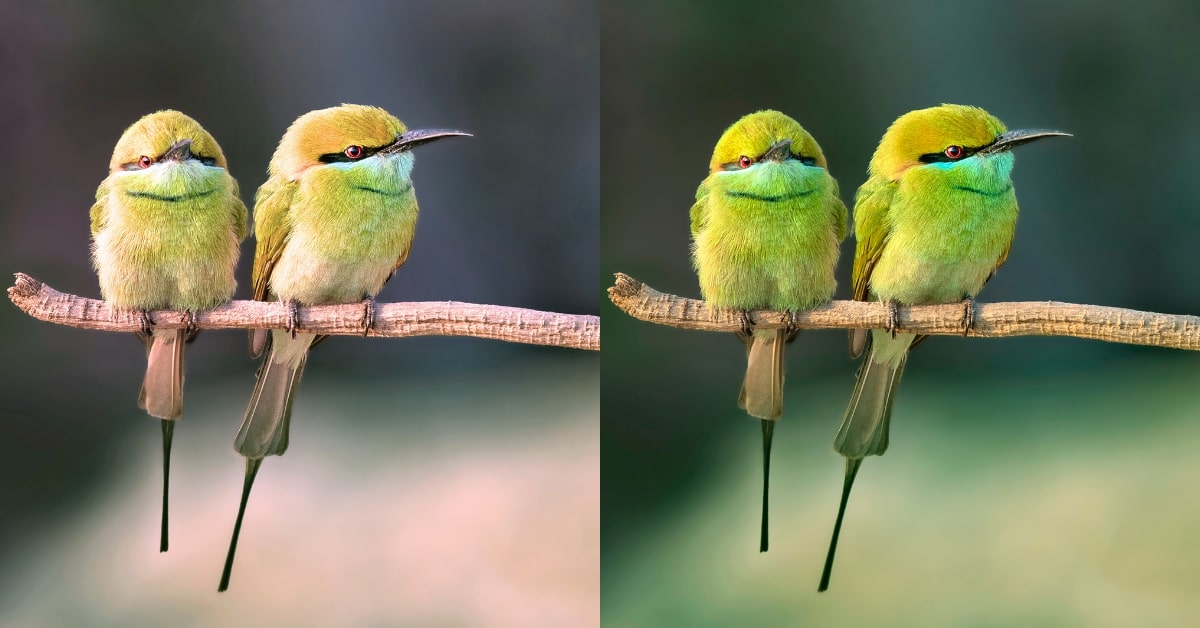Color correction is a fundamental aspect of visual media production that plays a crucial role in ensuring accuracy, consistency, and visual appeal. Whether you are a filmmaker, photographer, or content creator, understanding the essence of color correction is key to achieving professional and captivating results. In this guide, we’ll delve into the intricacies of color correction, exploring its definition, significance, techniques, and how it contributes to the overall quality of visual content.
What is Color Correction?
Color correction is the process of adjusting the colors in an image or video to achieve a balanced and accurate representation of the scene as it was captured by the camera. The primary goal is to correct any discrepancies in color, contrast, and brightness, ensuring that the final output appears natural and true to life.
Significance of Color Correction
- Ensuring Accuracy
- Color correction is vital for correcting any color imbalances introduced during the shooting process, ensuring that the final visuals accurately represent the scene.
- Consistency Across Shots
- In projects with multiple scenes or shots, color correction helps maintain visual consistency, creating a seamless viewing experience for the audience.
- Enhancing Visual Appeal
- By fine-tuning colors, contrast, and brightness, color correction enhances the overall visual appeal of the content, making it more engaging and aesthetically pleasing.
- Correcting Lighting Variations
- Color correction can compensate for variations in lighting conditions, ensuring that footage shot under different circumstances appears cohesive when combined.
Common Color Correction Techniques
- White Balance Adjustment: Correcting the color temperature to ensure that whites appear neutral.
- Exposure Correction: Adjusting the brightness levels to achieve optimal exposure.
- Color Saturation Enhancement: Fine-tuning the intensity of colors to enhance vibrancy without oversaturation.
- Contrast Adjustment: Balancing the contrast between shadows and highlights for a visually appealing look.
Tools for Color Correction
- Adobe Premiere Pro: A professional video editing software with robust color correction tools.
- Adobe Lightroom: An excellent photo editing tool for color correction in photography, offering a range of adjustments for fine-tuning images.
- DaVinci Resolve: A comprehensive color grading and correction software widely used in the film and television industry.
Conclusion
Color correction is a foundational step in the post-production process, serving as the cornerstone for achieving visually stunning and accurate content. Whether you’re working on a cinematic masterpiece or enhancing your latest photo shoot, understanding the principles and techniques of color correction empowers you to bring out the best in your visuals. Embrace the art and science of color correction to elevate your creative endeavors and deliver content that captivates and resonates with your audience.
FAQs
Is color correction the same as color grading?
While both terms are related, color correction focuses on fixing technical issues like color balance and exposure, while color grading involves enhancing the visual style for creative purposes.
Can color correction fix color issues in poorly lit footage?
Color correction can improve certain aspects of poorly lit footage, but it’s essential to start with well-exposed and well-lit material for the best results.
Is color correction only necessary for professional projects?
No, color correction is beneficial for any project, whether amateur or professional, as it ensures the visual integrity of the content.
How do I know if my footage needs color correction?
If you notice color imbalances, poor exposure, or inconsistencies across shots, your footage may benefit from color correction. Additionally, a careful review of your content on different screens can reveal discrepancies that need correction.
This page was last edited on 22 February 2024, at 5:39 pm
